1. Advanced variable frequency (VVVF) drive
2. Persons: 5-21
3. Lifting Speed: 0.5-2.5m/s
4. Loading Capacity: 320kg/450kg/630kg/800kg/1000kg/1250kg/1600kg/2000kg
5. Car Decoration: stainless steel hairline finish/stainless steel mirror/spray paint
6. Power Source: electric
7. Machine Room: machine-room or machine-roomless
Lefeng Elevator pursues the philosophy of "Customers Foremost and Quality First".
Our staff of sales and technical support is available to help you in selecting the right ELEVATOR for your application as well as to provide you with the highest level of customer service, At Lefeng Elevator, we are committed to providing the best quality elevator products, competitive pricing, speedy delivery and a comprehensive, cutting-edge product offering. Our ultimate goal is your satisfaction.


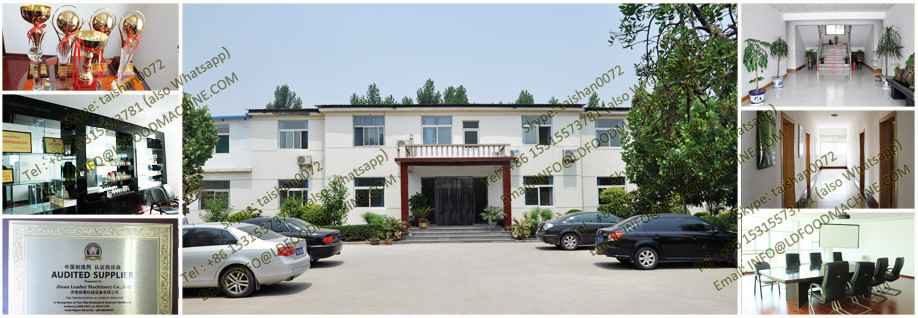
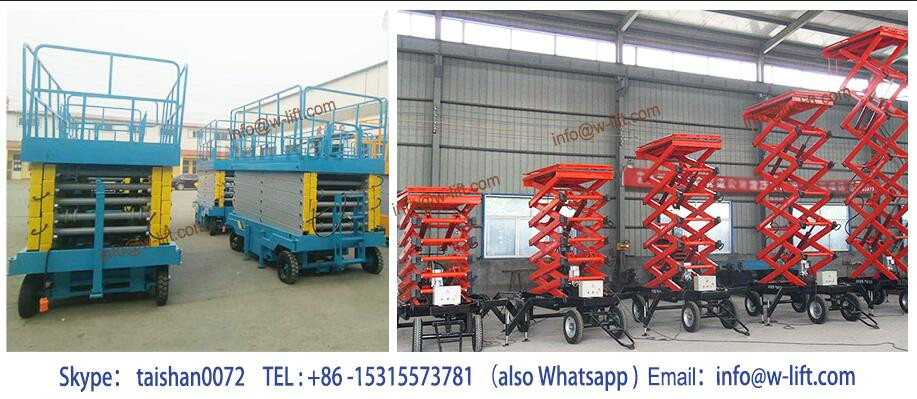
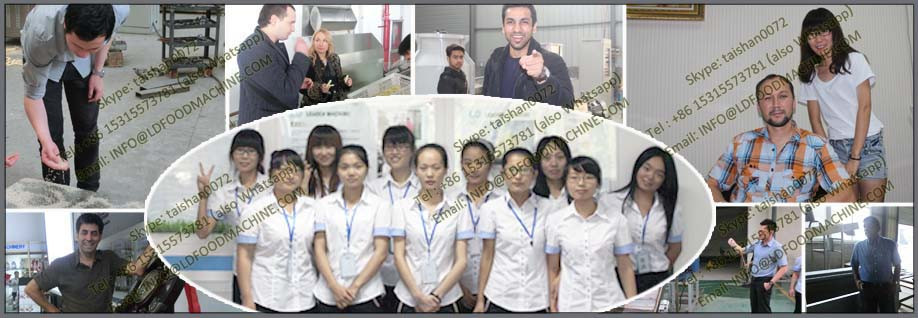
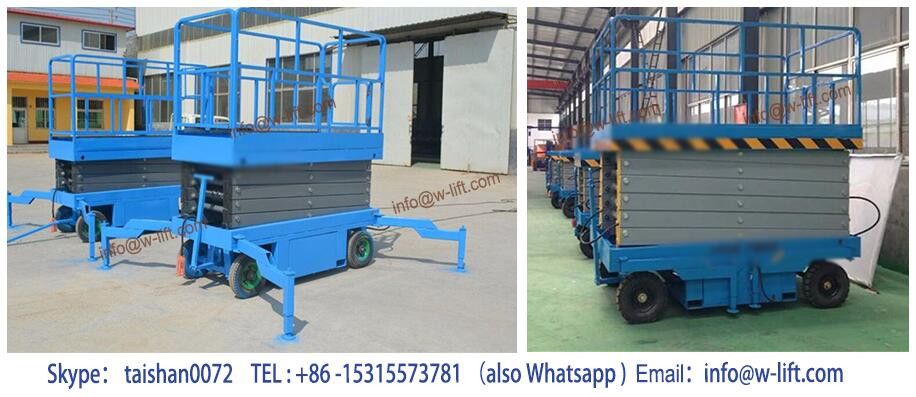
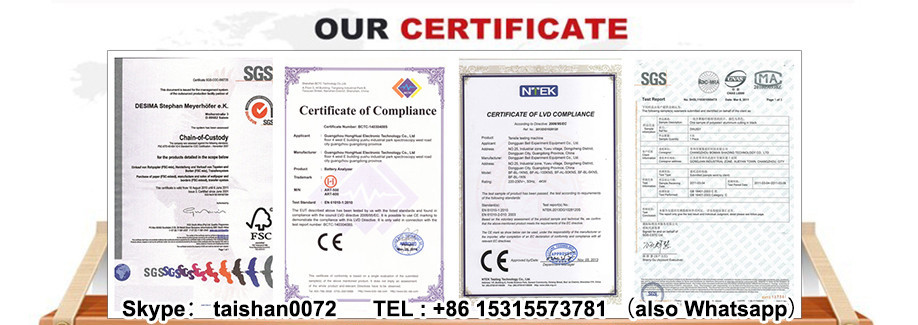


Any Elevator Inquiry, Don't Hesitate To Contact me!
hydraulic elevator lift is mainly used to lift workers to high place for repairs, maintenance, cleaning or installation and so on. You can move it easily to the right working area.Lifts for Building Offices can be also equipped with battery. With the battery, you don’t need to connect AC power, and you can let the mobile scissor lift at some work areas without power. Also, hydraulic elevator lift this type of mobile lift can be installed with the driven wheel to move it by hands without any hardness.
JHBJHB
Lifts for Building Offices are the industry solution for increasing worksite productivity. Ideal for maneuvering in tight spaces, they’re excellent for indoor and outdoor construction, maintenance and installation applications with high level surfaces. Characterized by low noise levels, hydraulic elevator lift provide excellent capacity and large platform workspace.
SFDSSSSS
hydraulic elevator lift is a type of platform that can usually only move vertically. The mechanism to achieve this is the use of linked, folding supports in a criss-cross "X" pattern, known as a pantograph (or scissor mechanism). Lifts for Building Offices The upward motion is achieved by the application of pressure to the outside of the lowest set of supports, elongating the crossing pattern, and propelling the work platform vertically.